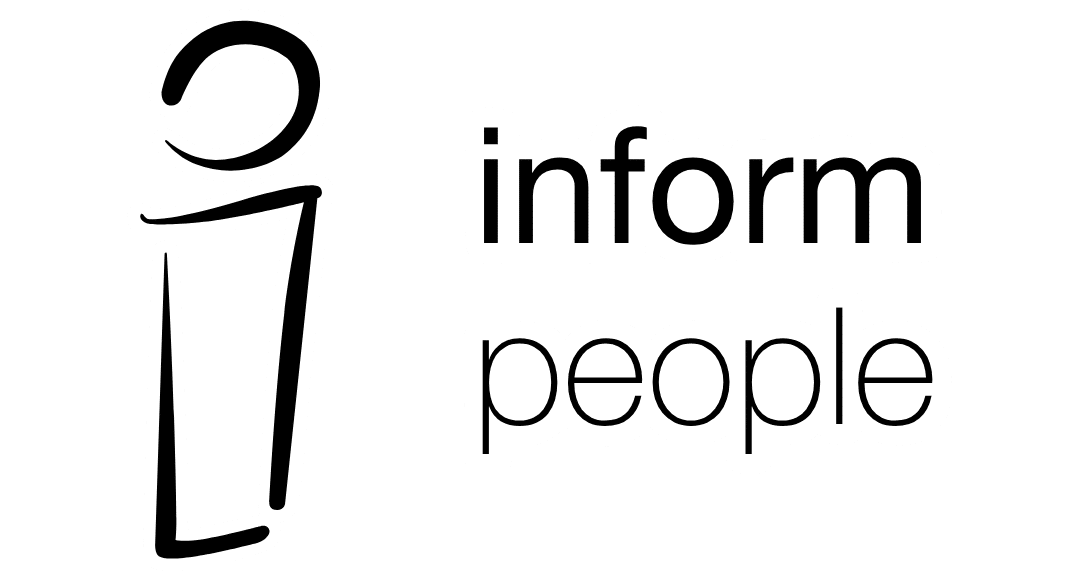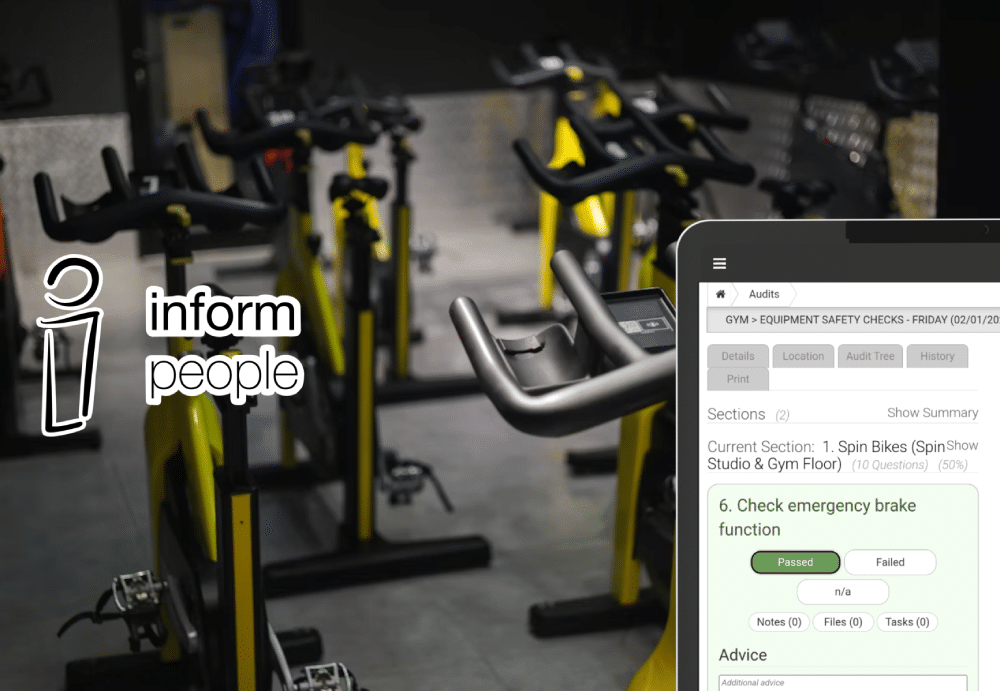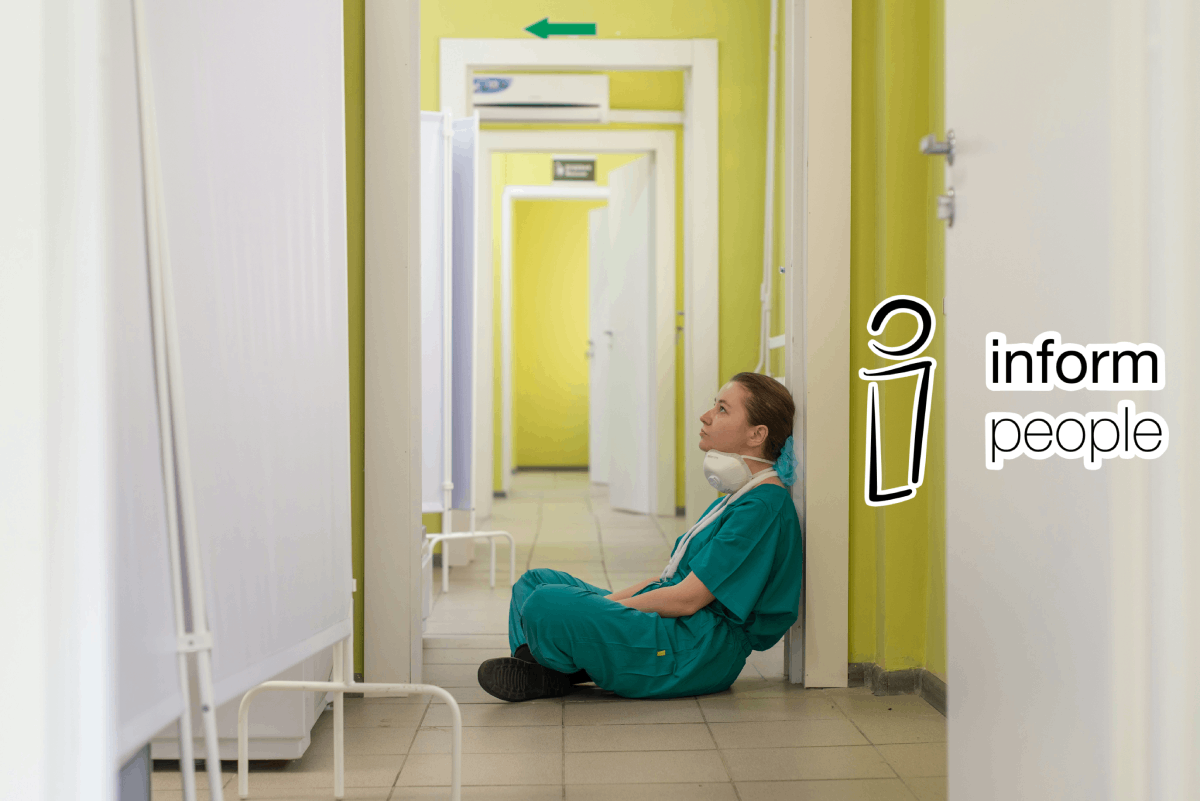The NHS is at risk. Waiting lists are not decreasing at the speed they need to and the government is now warning that it needs to reform, or else we risk losing the NHS as we know it. The government has pledged to invest more money into the NHS, but it is clear that this alone will not be enough to solve the problem. With funds targeted at Primary care too, what can be done with limited hospital budgets to continue to tackle the backlog and improve efficiency in Secondary care too?
One of the biggest challenges facing the NHS is the lack of up to date, clear, and concise data on which to base ongoing decision making. The demand is known, that can be seen in the waiting lists that aren’t getting smaller fast enough, but what is needed is a solid record of capacity, quantified and accessible. If the government and the hospitals around the UK do not have a clear picture of what is happening it makes it difficult to identify problems and make informed decisions about how to make improvements that will enable the recovery of the NHS.
Another challenge is the lack of agility. The NHS is a large and complex organisation, and it can be slow to roll out changes to the whole of the NHS network. This means that even when problems are identified, it can take a long time to address and then implement solutions at a single site. From this, lessons learnt should be shared at scale for continual performance improvement with real time data and with relevant case studies to show what is (and importantly what isn’t) working.
If the government is serious about rescuing the NHS, it needs to embrace simple data capture that has common and comparable elements at scale with rich reporting that will be able to reflect the true status of capacity, highlight areas for improvement and feedback quickly when changes are implemented – whether positive or negative – to embrace a culture of continuous performance improvement. Knowing what is happening daily, summarised over time, with the opportunity to easily monitor impacts is a vital part of the overall integrity of the National Health Service.
How do you know that Inform People’s THRIVE product can have a positive impact?
Inform People’s THRIVE module has been shown to be effective in helping hospitals to increase their efficiency and plan in more procedures. THRIVE collects data on procedural durations, cancellations, non-attendance situations, and late start reasons amongst other things. This data can be used to identify bottlenecks and make improvements to the way that hospitals operate. By recording every start and end time of procedures, a clear picture can be drawn of where existing resources can be better utilised and the results of major and minor changes.
If the government is serious about rescuing the NHS, it should consider investing in solutions like THRIVE. One of the fundamental points made by Lord Darzi in his review is the need to rebuild trust by being honest about the realities facing the NHS – we think this can only be done with the data recorded and shared inside tools like THRIVE. By collecting better data and being more agile in its approach to change, the government can help to ensure that the NHS is able to provide the best possible care for patients, especially when it comes to reducing waiting lists and optimising existing resources.




